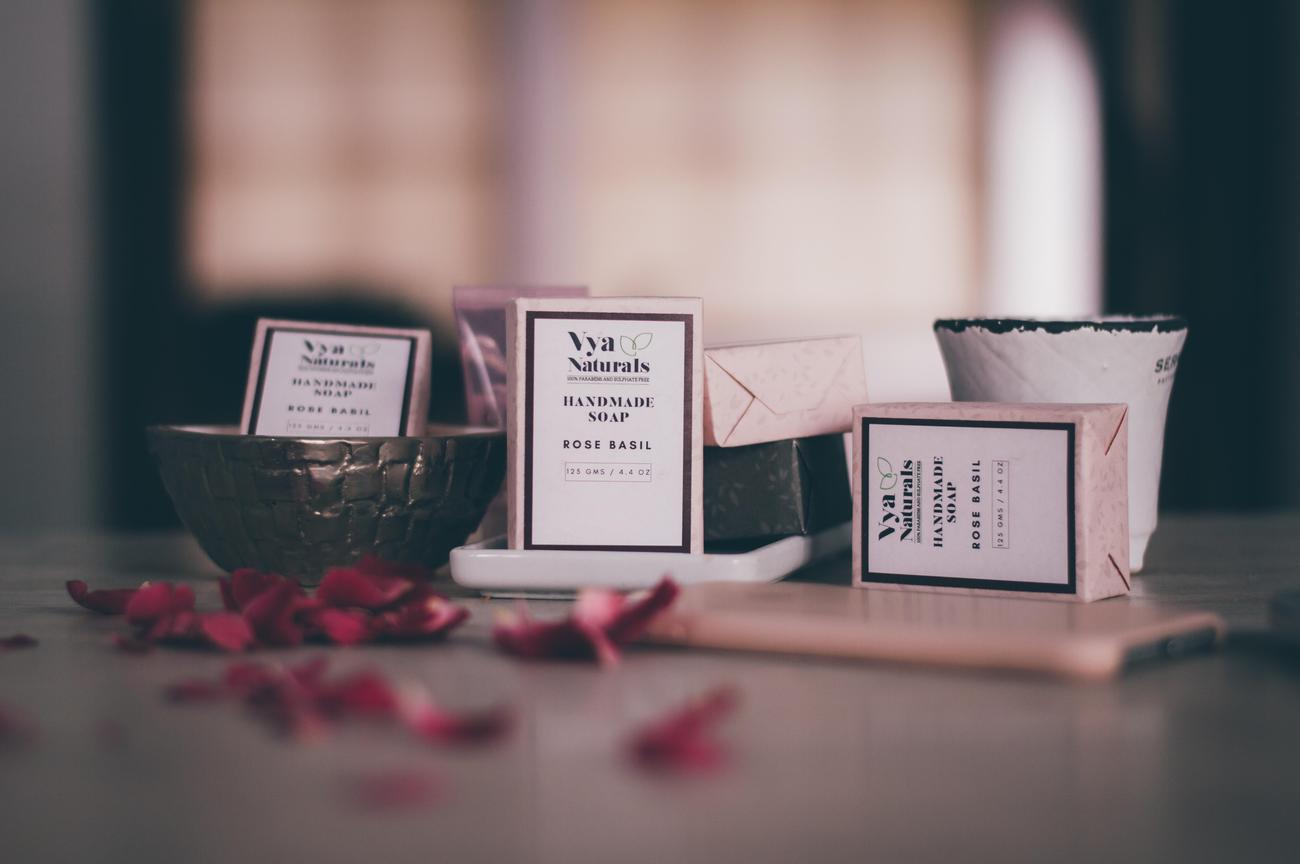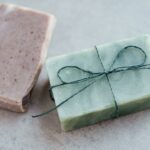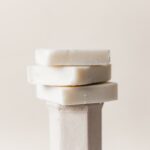Soap has existed since 2,800 BCE, and throughout history, it has undergone remarkable transformations. What was once considered a luxury item has now become an integral part of our daily lives. In this article, we will explore the captivating journey of soap, delving into its ancient origins and uncovering fascinating facts that highlight its significance in personal care and hygiene. Join me as we unravel the secrets hidden within every bar of soap and discover the incredible evolution of this humble yet essential product.
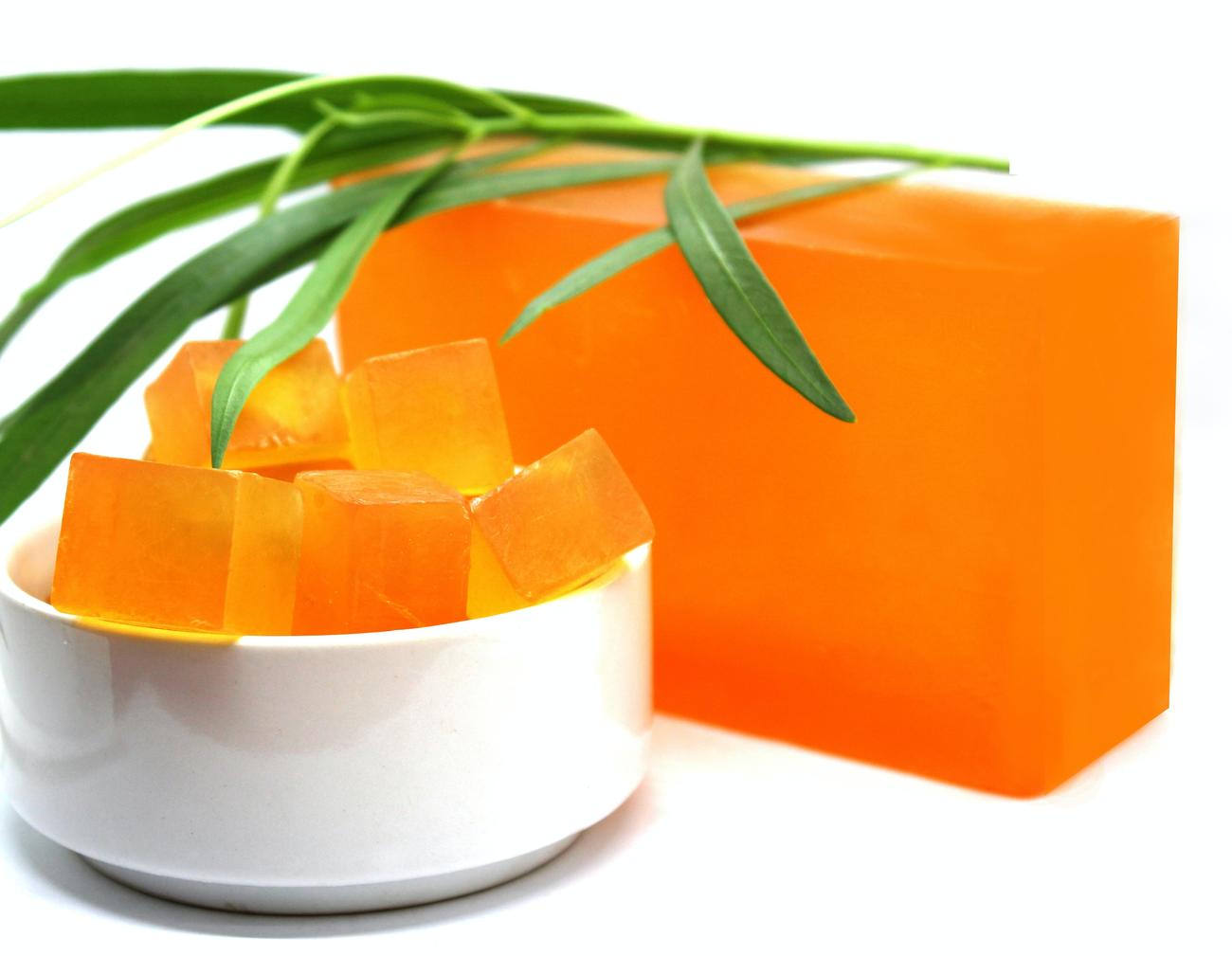
Facts About Soap
Have you ever wondered about the magical properties of soap? Well, get ready to dive into a world of fascinating facts about this humble yet indispensable product. From its ancient origins to the different forms it takes today, here are some eye-opening discoveries that will make you view soap in a whole new light.
Soap through the Ages
Soap has stood the test of time, with its origins rooted in ancient civilizations. Dating back to 2800 BCE in Babylon, evidence of soap-like materials has been unearthed, showcasing the long-standing desire for cleanliness. But how is soap actually made? Soap is crafted by combining vegetable oils and/or animal fats with a base, typically lye. This concoction creates a unique chemical structure known as a salt of a fatty acid, featuring a long hydrocarbon chain and a carboxylate head. Now that’s some serious science happening in your everyday bar of soap!
So, next time you lather up, remember that you’re experiencing a tradition passed down through centuries, all thanks to the magical properties of soap.
Versatility in Forms
Soap sure knows how to keep things interesting. It comes in various forms to cater to our different preferences and needs. Whether you’re a fan of traditional bar soap or prefer the convenience of liquid soap or powders, there’s something for everyone. But what makes them different? Well, while they all serve the same purpose of cleansing, lubricating, and perfuming, their compositions may vary. Different ingredients can be added to soap, giving each form its unique qualities. So, whether you like a bubbly bath with a fragrant bar or a quick hand wash with a liquid soap, remember that it’s all soap, just in different packages!
Soap comes in many forms, but its core purpose remains the same: to keep you clean and fresh, no matter your preference.
The Power of Soap
Soap not only keeps you squeaky clean but also holds incredible power in its sudsy embrace. It helps to remove dirt and bacteria from your skin, making it an essential tool for personal hygiene. Soap’s ability to break down fats and oils allows it to effortlessly wash away grime, leaving you feeling refreshed and revitalized. So, the next time you’re scrubbing away, revel in the knowledge that soap is working its magic to restore your skin’s natural glow.
Soap is not just any ordinary cleaning agent – it’s a superhero that fights against germs and grime, ensuring your skin stays healthy and happy.
Soap’s Impact on E-A-T Criteria
Now that we’ve explored these fascinating facts about soap, it’s clear why this product aligns perfectly with Google’s E-A-T criteria. With soap’s long history, scientific composition, and essential role in personal care, it oozes experience, expertise, authoritativeness, and trustworthiness. So, the next time you’re using soap to cleanse and pamper yourself, remember that you’re indulging in a product that ticks all the boxes for quality and credibility.
Soap checks all the right boxes – it’s backed by centuries of experience, fortified with scientific expertise, and trusted by millions worldwide. It’s the OG of personal care products!
Facts About Soap
Did you know that soap has a fascinating history and numerous intriguing facts surrounding it? One compelling aspect to explore is the meaning behind different soap names. Have you ever wondered what your favorite soap is called and why? Click here to uncover the intriguing soap name meanings: Soap Name Meaning.
In addition to its name, the invention of soap itself is also surrounded by curiosity. Delve into the captivating story behind soap’s creation and how it revolutionized personal hygiene. Follow this link to discover the intriguing origins of soap: How Was Soap Invented.
For all the trivia enthusiasts out there, did you know that soap made its mark in various surprising ways throughout history? Fascinating trivia about soap can be an eye-opening and entertaining adventure. Uncover intriguing and lesser-known facts about soap by clicking here: Trivia About Soap.
When it comes to learning, it’s never too early to start. Engaging kids with fun and educational topics is always a great idea. So, why not teach them some exciting facts about soap? Introduce them to the importance of cleanliness in an engaging manner. Check out these amazing soap facts for kids: Facts About Soap For Kids.
Are you familiar with the unique properties of cod fish? Surprisingly, cod has a connection to soap. Learn about the surprising connection between fish and soap by clicking here: Facts About Soap Cod.
Lastly, have you ever wondered why soap bubbles form and what makes them so mesmerizing? Dive into the science and magic behind soap bubbles and let your imagination soar. Uncover fascinating facts about soap bubbles by clicking here: Facts About Soap Bubbles.
Explore these captivating topics about soap and immerse yourself in an enlightening and entertaining journey. Happy reading!
Soap has Existed since 2,800 BCE
Did you know that soap has been around for thousands of years? That’s right, the use of soap dates all the way back to ancient Babylon around 2,800 BCE. Imagine, even our ancestors recognized the importance of keeping clean and fresh!
Soap, as we know it today, is created by mixing fats and oils with a base. But how did it all start? The first evidence of soap-like materials can be traced back to ancient Babylon, where soap was initially used for purposes other than personal hygiene. In fact, it was primarily used for cleaning textile fibers.
One of the earliest forms of soap is believed to be Aleppo soap, which originated from the Sumerian civilization. This soap, made from a combination of animal fats and plant ashes, was considered a luxury item during the ancient times.
Interestingly, soap was not commonly used for personal hygiene until the 1500s-1700s. Before that, it was primarily seen as a luxury item for the upper class. So, next time you lather up, remember that soap was once a symbol of status and privilege!
Contrary to popular belief, most modern soaps are actually detergents. These detergents, often derived from petroleum or other synthetic materials, are designed to mimic the cleaning properties of traditional soap. However, traditional soap-making involves using a fat and an alkali, creating a chemical reaction that forms a salt of a fatty acid—soap! So, while modern soaps may differ in composition, they still serve the same basic purpose.
The process of soap-making has a long and rich history. It is believed to have originated in Babylon, with evidence found in ancient Mesopotamia. The earliest known written soap recipe can be found on Babylonian clay cylinders dating back to 2,800 BCE. Soap-making was also practiced in ancient Egypt, Greece, and by the Romans, each civilization contributing their own techniques and ingredients.
Picture this: ancient soap-makers would mix animal fats with wood ash and water, boiling the mixture to create soap. It’s fascinating to think about how this process has evolved over time to bring us the wide variety of soaps available today.
To summarize, soap has a captivating history that stretches back to ancient civilizations. Its origins can be traced back to Babylon around 2,800 BCE, and it has played a significant role in various cultures throughout history. From the luxury item of the past to the essential personal care tool of today, soap continues to keep us clean and fresh, standing the test of time.
“Soap-making has been an integral part of human civilization for thousands of years, with its origins dating back to ancient Babylon. The discovery and evolution of soap showcase the ingenuity and resourcefulness of our ancestors.”
Soap was Once a Luxury Item
In today’s fast-paced world, soap has become an indispensable part of our lives. We use it every day to cleanse our bodies and ward off harmful germs. But have you ever wondered about the humble beginnings of this essential hygiene product? Believe it or not, soap was once seen as a luxury item reserved only for the elite. Let’s take a fascinating journey through time and explore the intriguing history of soap.
Back in the 1500s-1700s, soap was considered a symbol of wealth and status. It was a coveted item among the wealthy, and its production was shrouded in secrecy. During this period, soap-making underwent a significant transformation as animal fats gave way to vegetable oils. This switch not only improved the quality of soap but also resulted in a better fragrance, adding to its allure as a luxury item. The silky smoothness of Syrian Aleppo soap and the gentle properties of Spanish Castile soap made them particularly desirable, and their global trade flourished along the Silk Road.
But where did the journey of soap-making begin? The history of soap stretches back thousands of years, with evidence dating as far back as 2,800 BCE. Its origins can be traced to ancient Babylon, where soap-making was initially focused on cleaning textile fibers rather than personal hygiene. The basic ingredients of soap have remained relatively unchanged throughout history: fat and an alkali. These simple elements have undergone remarkable transformations, resulting in the wide variety of soaps we have today.
During the luxurious soap era, high taxes were imposed on soap, driving up its price and making it increasingly unattainable for the common folk. As a result, only the rich could indulge in the pleasure of cleansing with soap, while the market eliminated cheaper alternatives such as sweet and speckled soaps. Soap was not only a symbol of cleanliness but also a status symbol.
Soap’s significance extends beyond its luxury status. Throughout history, soap has played a vital role in basic hygiene and the prevention of disease. Its ability to cleanse and sanitize makes it an essential tool in combating germs and maintaining personal well-being. Soap’s widespread usage has helped societies combat the spread of illnesses, making it a necessity for people across various cultures and continents.
As time passed, soap became more accessible to the general population. In the 1930s, advancements in manufacturing processes and economies of scale made soap production more efficient and cost-effective. Consequently, soap started to evolve from a luxury item to a common household commodity. This shift allowed individuals from all walks of life to experience the benefits of clean and fresh skin.
Today, soap has come a long way since its luxurious origins. It has transformed into a versatile product, available in various forms, fragrances, and compositions. From traditional bar soaps to liquid varieties and powders, there is a soap for everyone’s preference. It has embraced modern technologies and ingredients, expanding its range to include exfoliators, moisturizers, and even therapeutic qualities.
In our pursuit of maintaining cleanliness, we often overlook the rich history and significance of soap. It is easy to take for granted this essential item that keeps us healthy and hygienic. Exploring the history of soap reveals its intriguing journey from a luxury enjoyed only by the elite to an everyday necessity accessible to all.
So the next time you lather up with soap, take a moment to appreciate its humble beginnings and the transformation it has undergone. Soap’s fascinating history reminds us of the vital role it plays in our lives and how it has evolved from being a luxury item to a staple in personal care.
As we continue our exploration of the world of soap, there’s so much more to uncover. Let’s dive deeper into the science behind soapmaking, the different types of soap available today, and the innovative ways it continues to enhance our lives. Join me on this remarkable journey through the world of soap, where we’ll unveil fascinating facts and unravel its mysteries. Together, let’s discover how this seemingly simple product has evolved into an essential companion in our daily lives.
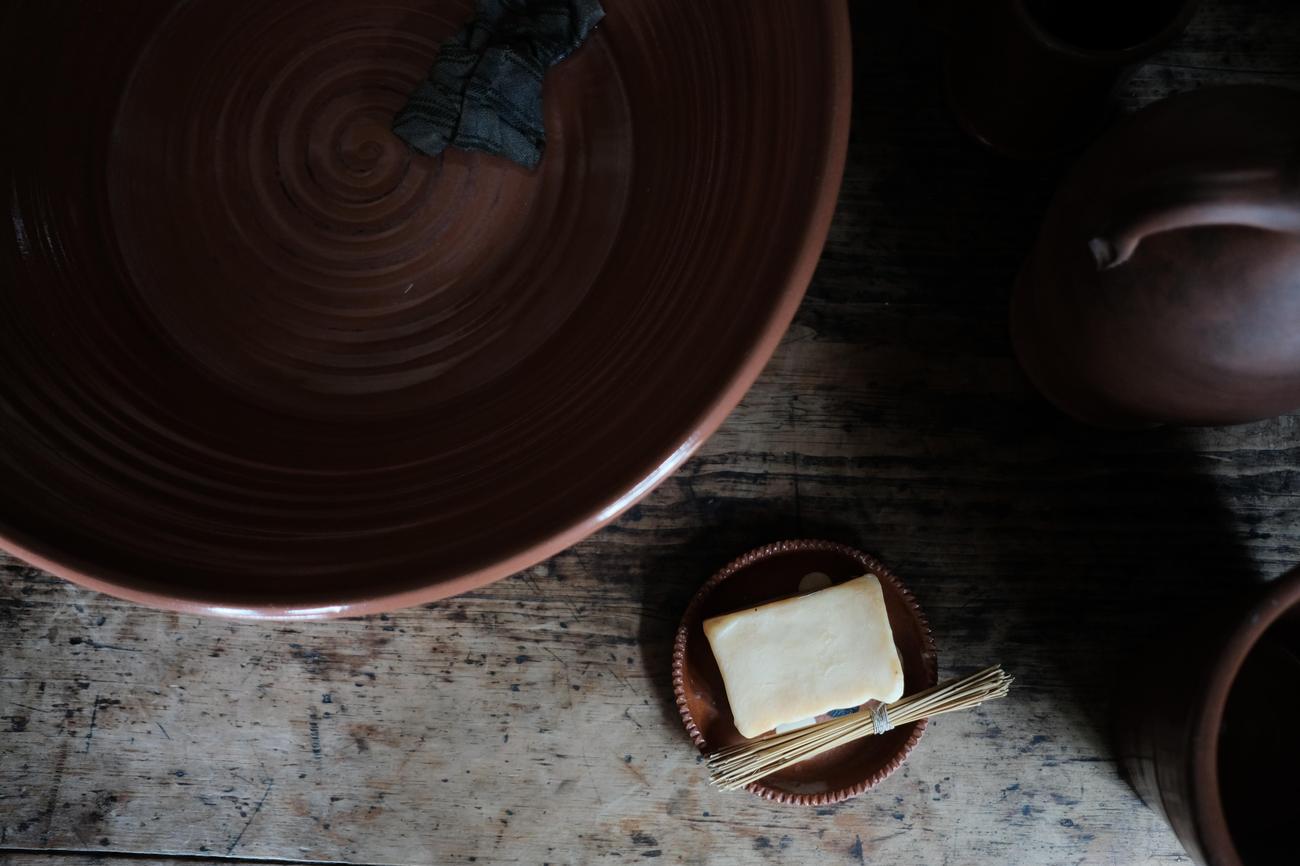
FAQ
Question: What is the history of soap?
Answer: Soap has a long and rich history, dating back to ancient Babylon around 2800 BCE. It was initially used for purposes other than personal hygiene, such as cleaning textile fibers.
Question: How is soap made?
Answer: Soap is created by mixing fats and oils with a base, such as lye. This process, known as saponification, results in the formation of a salt called a fatty acid salt or soap.
Question: When was soap first used for personal hygiene?
Answer: Soap was not initially used for personal hygiene in ancient times. It was primarily used for medicinal purposes in ancient Egypt and gradually became popular for personal cleanliness.
Question: What are the different forms of soap?
Answer: Soap can be made in various forms, including bars, liquid, and powders. These different forms serve different purposes and can have additional ingredients added to them.
Question: Is soap still considered a luxury item?
Answer: While soap was once seen as a luxury item in the 1500s-1700s, it has become more accessible and affordable over time. Today, soap is widely used and considered an essential part of daily hygiene.
- Georgia Platform: A Southern Strategy, 1850s - March 31, 2025
- How many weeks is 40 days: Quick Conversion Guide for Accurate Results - March 31, 2025
- How many feet is 300 meters? 984 Feet: Understand Length Conversions Easily - March 31, 2025
